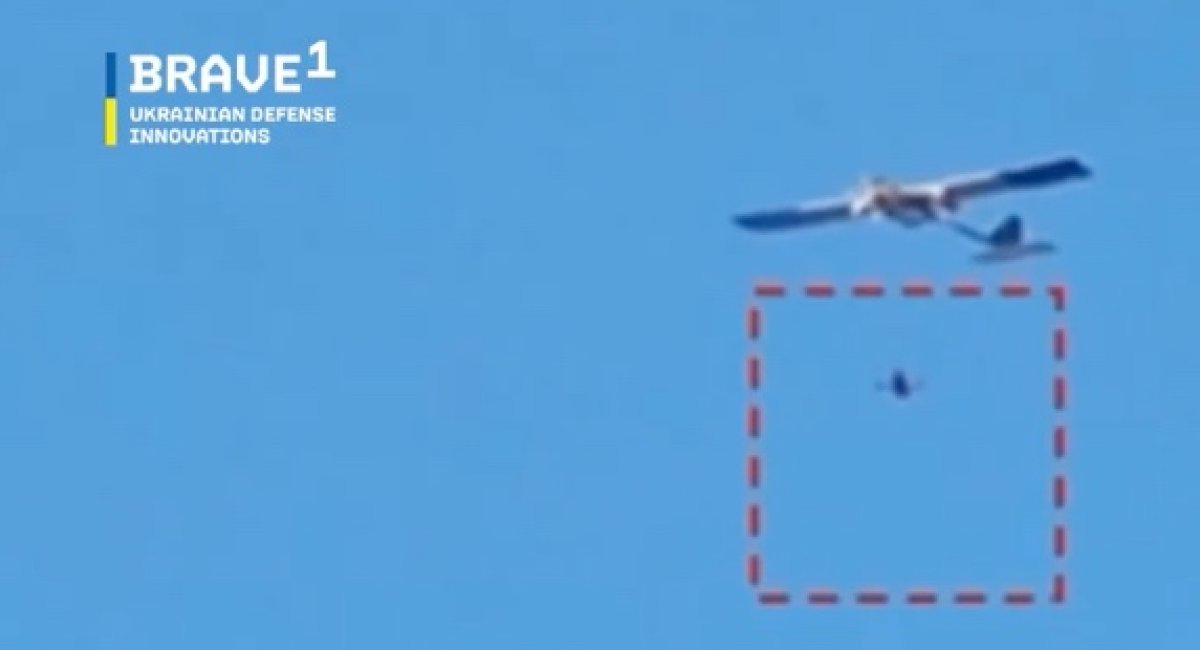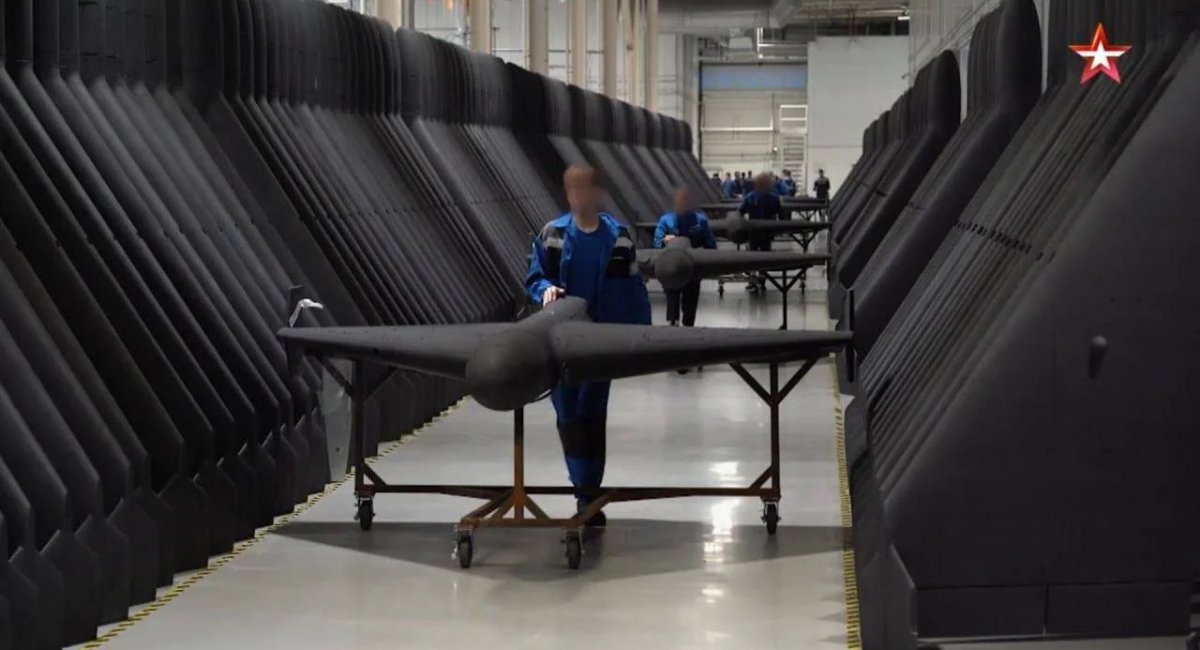Brand Stories
Hospitality’s Big Challenges, Luxury’s Evolution, Social Media

Key Points
- Hotels face rising construction and operating costs, labor shortages, sustainability challenges, and economic uncertainty.
- Luxury travel is shifting toward authentic experiences, wellness, and sustainability, especially among younger affluent travelers.
- Travel brands are increasingly using social media platforms and partnering with creators to attract and book younger audiences.
Summary
The article discusses the most frequently asked questions in the hospitality industry, highlighting significant challenges such as high costs, labor shortages, and the gap between sustainability promises and actions. It explores the evolving definition of luxury travel, with younger wealthy travelers prioritizing authentic experiences and wellness over traditional luxury. Additionally, the article examines how travel brands are adapting their marketing by leveraging social media platforms like TikTok and Instagram to engage younger demographics and facilitate direct bookings.
Brand Stories
Ukraine’s Defense Intelligence Embraces Artificial Intelligence for Faster, Smarter Operations

The Defense Intelligence of Ukraine is actively integrating artificial intelligence into its operational framework, according to General Lieutenant Kyrylo Budanov, head of the agency. In a recent statement, Kyrylo Budanov emphasized the transformative effect modern technologies are having on intelligence work amid ongoing full-scale war with russia.
According to Kyrylo Budanov, the Defense Intelligence specialists are constantly experimenting with advanced solutions, aiming to enhance the speed and precision of intelligence gathering, analysis, and decision-making. AI has emerged as a critical tool in this process, enabling Ukrainian analysts to handle complex tasks in minutes, tasks that previously required hours of human effort.
Read more: The Shahed-136MS UAV: Modified Iranian Drone in Ukraine Blends AI and Military Grade Comms
“Artificial intelligence performs in a fraction of the time what used to take people hours, or even longer. That’s just a fact,” Budanov stated.
His comment reflects broader trends in modern warfare, where machine learning and data automation are increasingly crucial for gaining a competitive edge.
While specific details about AI applications remain classified, experts believe such tools could be used in areas like image recognition from satellite and drone footage, open-source intelligence processing, cyber defense, and predictive threat modeling. AI can also assist in sorting large volumes of intercepted data, making patterns and anomalies easier to detect.
The decision to adopt AI reflects Ukraine’s strategic response to russia’s heavy investment in digital warfare and autonomous systems. While both sides innovate rapidly, Ukraine’s collaboration with Western tech partners and startups has given it a flexible and adaptive approach to integrating cutting-edge solutions.
Kyrylo Budanov’s remarks also signal a cultural shift within Ukraine’s defense establishment. Intelligence is no longer confined to classified reports and human analysts, it’s increasingly becoming a hybrid of human expertise and machine-enhanced processing power. This evolution mirrors trends seen in U.S. and NATO military circles, where AI is seen as a force multiplier.
The integration of AI also raises questions about ethical safeguards, data reliability, and operational transparency. However, Ukrainian official seem confident in their capacity to harness the technology responsibly, particularly under the pressure of existential war.
As Defense Express previously reported, according to the Defense Intelligence of Ukraine, russia is preparing for a large-scale escalation in drone warfare by planning the production of up to 40,000 Shahed-136/Geran-2 strike UAVs in 2025. In addition to these loitering munitions, 24,000 decoy drones (the Gerbera models) are also slated for manufacture, suggesting an intensified reliance on both saturation attacks and electronic warfare deception tactics.

Read more: IRIS-T SLM vs Hypersonic Missiles: Germany Bets on AI in Race Against Ballistic Threats
Brand Stories
Cohen & Steers tips power demand from data centres to cope with the artificial intelligence boom

Utilities are among the top picks for international investment group Cohen & Steers as it reshuffles its holdings to minimise the impact of global tariffs and bets on rising demand for power from data centres to cope with the artificial intelligence boom.
“Utilities tend to have very little impact from tariffs,” said Ben Morton, the New York-based head of global infrastructure for the $US88 billion ($136 billion) asset manager during a trip to Sydney to meet with local investors.
Loading…
Brand Stories
Fashion Brands and Hotels Team Up for the Hottest Travel Collaborations of Summer 2025 – L'OFFICIEL USA
-

 Brand Stories2 weeks ago
Brand Stories2 weeks agoBloom Hotels: A Modern Vision of Hospitality Redefining Travel
-

 Brand Stories1 week ago
Brand Stories1 week agoCheQin.ai sets a new standard for hotel booking with its AI capabilities: empowering travellers to bargain, choose the best, and book with clarity.
-

 Destinations & Things To Do2 weeks ago
Destinations & Things To Do2 weeks agoUntouched Destinations: Stunning Hidden Gems You Must Visit
-

 Destinations & Things To Do1 week ago
Destinations & Things To Do1 week agoThis Hidden Beach in India Glows at Night-But Only in One Secret Season
-

 AI in Travel2 weeks ago
AI in Travel2 weeks agoAI Travel Revolution: Must-Have Guide to the Best Experience
-

 Brand Stories1 month ago
Brand Stories1 month agoVoice AI Startup ElevenLabs Plans to Add Hubs Around the World
-

 Brand Stories3 weeks ago
Brand Stories3 weeks agoHow Elon Musk’s rogue Grok chatbot became a cautionary AI tale
-

 Asia Travel Pulse1 month ago
Asia Travel Pulse1 month agoLooking For Adventure In Asia? Here Are 7 Epic Destinations You Need To Experience At Least Once – Zee News
-

 AI in Travel1 month ago
AI in Travel1 month ago‘Will AI take my job?’ A trip to a Beijing fortune-telling bar to see what lies ahead | China
-

 Brand Stories1 month ago
Brand Stories1 month agoChatGPT — the last of the great romantics













